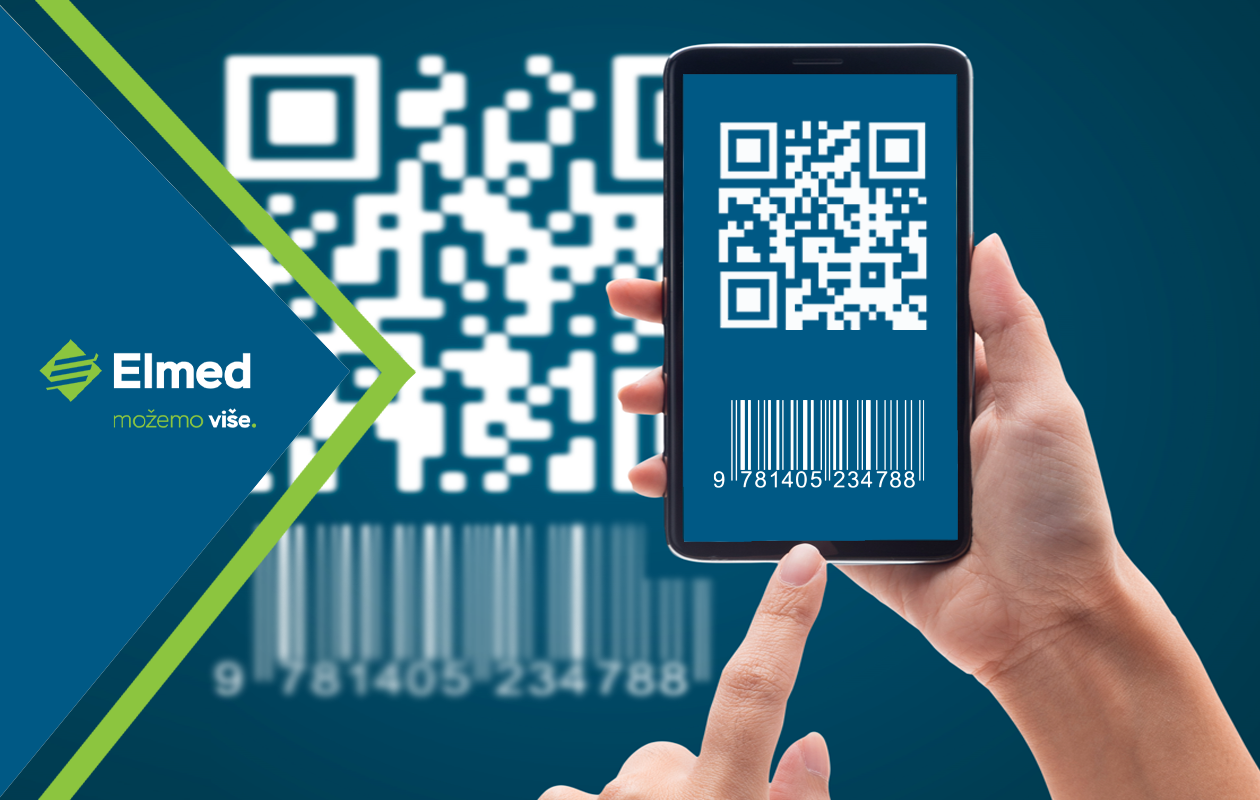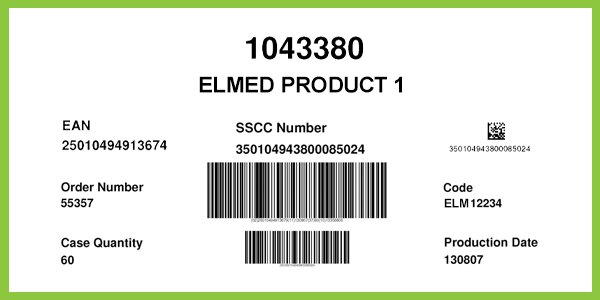Why Are 1D and 2D Codes Important in Product Labeling

The use of 1D codes is well-known and widespread. You may not be aware of this fact, but barcodes are being scanned more than 6 billion times a day.
In the middle of 2019, the Law on Trade began to be applied, one of the articles of which refers to the obligation for goods to be marked with a machine-readable mark, 1D code or 2D code.
Today, as the demand for more product information on packaging grows, more and more brands are using 2D formats to meet broader business goals.
In our blog post, you can find out what steps you should follow when introducing 1D or 2D codes to your production for the first time, as well as how to choose the right printer for your needs.
What is a 1D code?
1D code is a unique machine-readable mark that helps with the international standardization of each of your products. They denote products intended for retail sale, consumer goods, medicines, medical devices, collective and transport packaging, parts, assemblies, equipment, services, patients, locations, etc.

1D code is a way of marking products with a series of black lines that are easy to recognize and read with specialized devices and is intended mainly for manufacturers and importers of goods. The numbers presented in the form of a 1D code allow automatic data reading at each point of entry or exit of the unit.
Therefore, you cannot create it yourself, but you need to become a member of GS1 Serbia, which will assign you positions with defined and immutable content and positions in which variable data is entered through the code creation program according to certain rules. In this way, a set of information about the product is obtained, which can be read by machine.
What are 2D codes?
Due to increasingly strict regulations, there is a need for codes on products to contain an increasing amount of information. Therefore, manufacturers are increasingly turning to the use of 2D codes, among which the most widely used are QR codes, DataMatrix codes, etc.

Codes of this type work on the principle of a matrix of black squares that form an image similar to a black-and-white mosaic. In addition to numbers, which are usually contained in 1D codes, a 2D code contains much more information (eg product data, composition, name of the manufacturer, seller, telephone contacts, web addresses, etc.). The 2D code can refer you to phone contacts, a location on a Google map or the manufacturer's website.
Should you use a 1D code or a 2D code for your product?
In some cases, the code type is prescribed by the standard, by size, multipliers, module size, types, etc. That is why it is important to be well-informed about the regulations before choosing the type of your code.
The last step is printing 1D and 2D codes
Depending on your production capacity, you can choose to print directly on the product or print labels that contain 1D or 2D codes.
Domino Thermal Transfer Printers (TTO) V-Series can print variable data, barcodes, and logos at 300 dpi print quality on flexible packaging film and labels for a wide range of manufacturing and packaging applications used in the food, pharmaceutical and industrial sectors.
Thermal printing technology allows great flexibility when printing labels. A high degree of reliability at high print speeds, along with a low maintenance cost, makes label printing extremely simple. In addition to great flexibility, label printers also enable significant savings compared to traditional printing methods.
The best choice from this domain are printers:
Depending on the type of printer you use to print labels, you can generate 1D and 2D codes through different software such as BarTender, Label Matrix, NiceLabel Designer and others.
Conclusion
To summarize, there are many factors that will influence the choice of whether to use a 1D or 2D code. Each of these codes has its advantages and disadvantages, but when it comes to code printing, whether you are a small manufacturer or a large giant, at Elmed we offer a full range of world-renowned brands that can help improve your production environment.
You don't have to worry. All you have to do is contact us and our expertise is here to help you make the best possible choice of printer for your 1D or 2D code.
